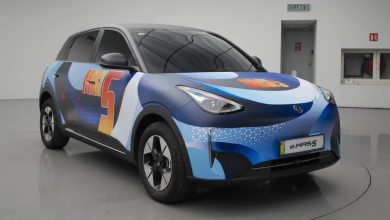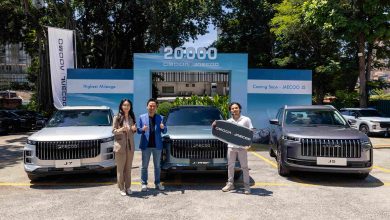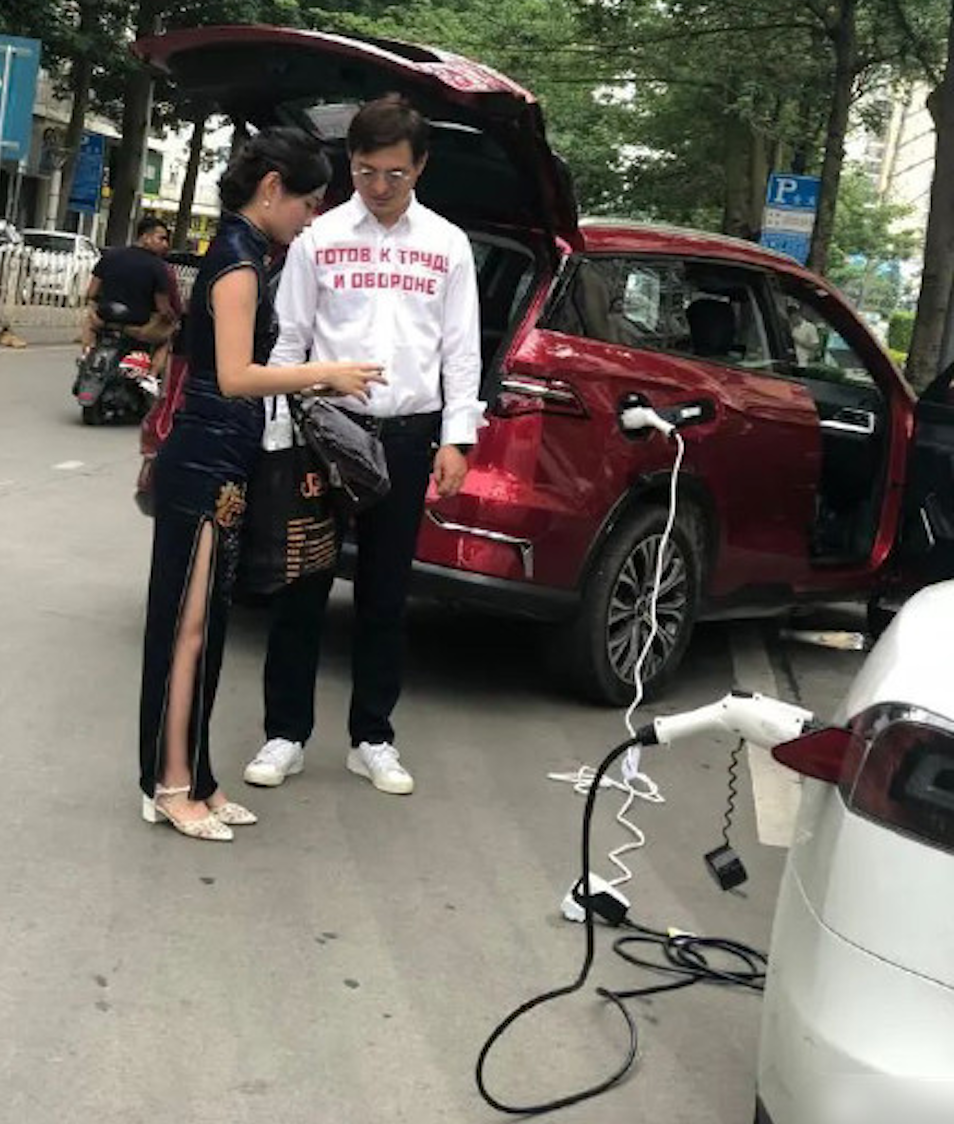
We saw this report and found it quite interesting as we have never heard of vehicle to vehicle charging before this and it shows how the electric vehicle (EV) industry can work around all kinds of EV ownership issues as the adoption of EV’s becomes more common around the world.
This latest news in from China shows a Tesla Model S completely out of battery power being charged by another Electric Vehicle (EV), a BYD Song with enough battery power to get the Tesla driver to a Tesla charging station.
Electric vehicle (EV) charging is an important aspect of EV ownership. With power rating, connector type, cabling requirements and vehicle specification to consider.
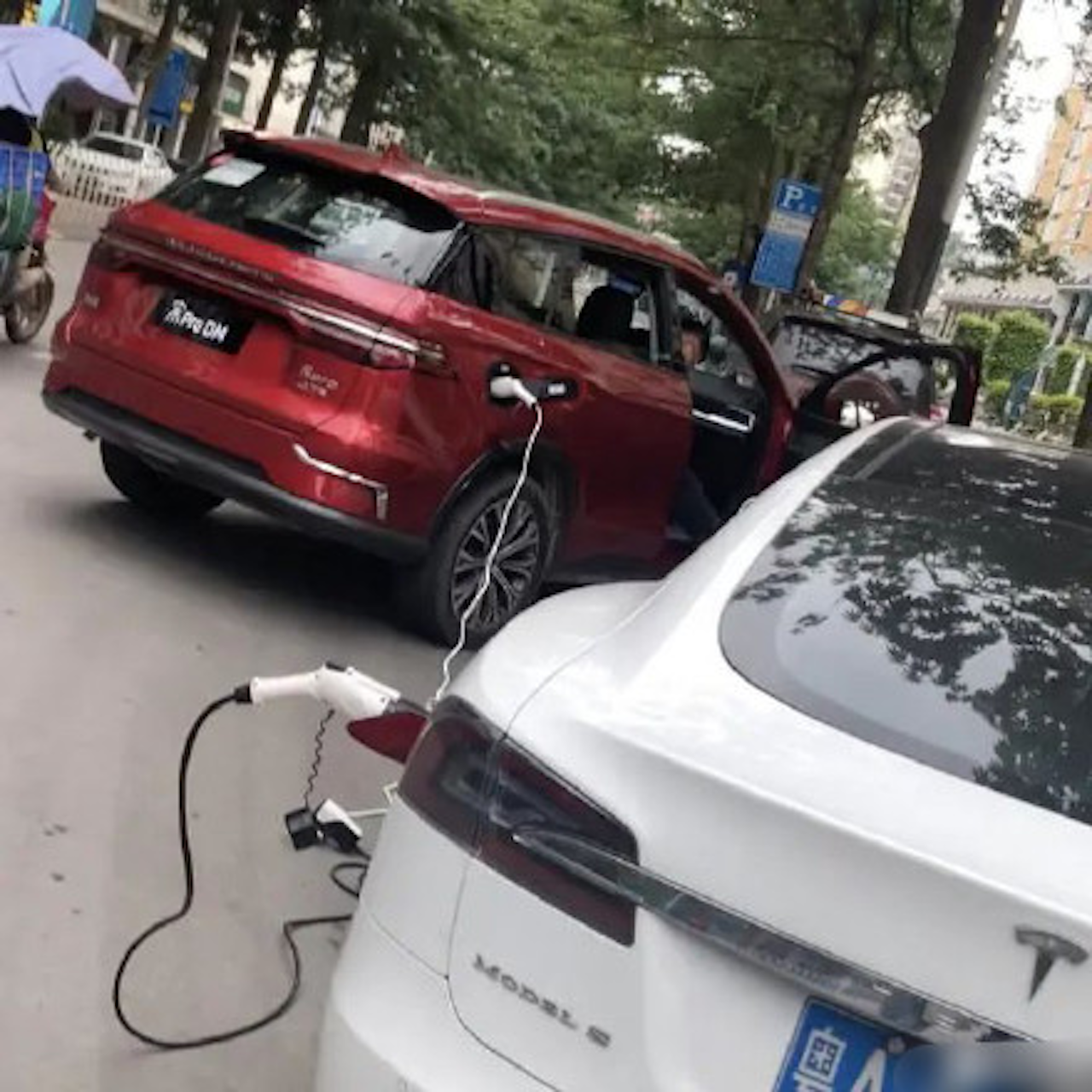
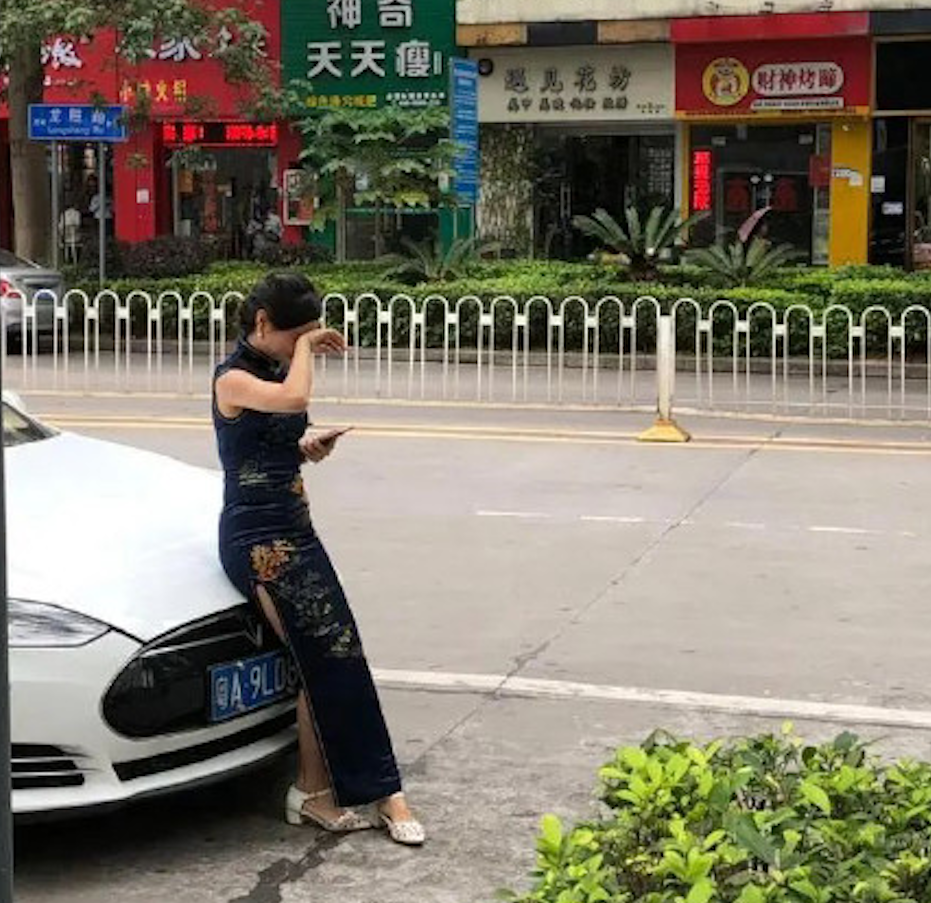

BYD Charges Tesla In China
The biggest Tesla story in China at the moment is about a Tesla Model S being recharged by a BYD Song PRO DM, which is a powerful PHEV.
The Tesla, driven by a pretty lady wearing a traditional Chinese qipao, run out of juice and stopped on the side of the road. After a while, a BYD with dealer-plates stopped and the driver offered a charge.
The story in Chinese media notes that the vehicle-to-vehicle charge can only provide slow charging of about 2KW, so to get enough electricity to make it to the nearest Supercharger Station the cars had to connect for about 2 hours. During this time, the BYD man and Tesla lady were seen exchanging numbers. Almost a story too good to be true.
The BYD Song PRO DM combines a 1.5 turbo with an electric motor. Output is 319 hp and 525 Nm. Battery is 15.7 kWh and EV-only range is 81 km.
So BYD saved the Tesla’s day, today, but we all know that PHEVs are a dying breed. BYD knows that too and the Song is also available as an EV, but that one has just 184 hp.
From www.carneschina.com
There are still many EV owners who do not really understand how their EV’s work. Especially the very rich who have an EV at home and on occasion a family member takes the EV out for a drive without realising battery life.
There is still an inclination to view EVs like petrol and diesel vehicles, where people go to a service station to fill them up.
A better analogy is to look at smartphone usage and charging. Most people do not need rapid phone charging all the time, but instead charge at fixed locations, for instance at home overnight or while they are at work. They may wait somewhere inconvenient like a coffee shop to charge them occasionally, such as when away from home, but this is the exception.
Like smartphone users, given the option, EV drivers prefer to charge their cars within their daily routine when they can plug in and forget about it. This comes from EV owners with access to home charging stations and are able to do over 80% of their EV charging at home.

